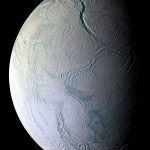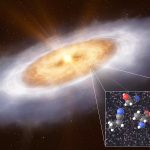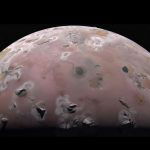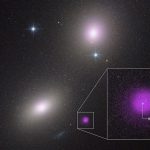Dark, cold, and alive? Cosmic rays may power hidden life in Space
Life may not need sunlight to survive—not even on Mars or the icy moons of the outer solar system.
A new study from NYU Abu...
Building on the Moon? This former Air Force engineer has a plan
In the not-so-distant future, humans could be living and working on the Moon—and even Mars.
NASA’s Artemis missions are preparing for lunar bases by 2030...
Astronomers spot a new solar system’s birth for the first time
Researchers have witnessed the earliest moments to date of planets beginning to form around a star beyond the sun.
This finding marks the first time...
New findings indicate that the origin of life started in space
Using the Atacama Large Millimeter/submillimeter Array (ALMA), an international team of astronomers announced the detection of 17 complex organic molecules (COMs) in a protoplanetary...
NASA fixes broken space camera from 370 million miles away
NASA scientists recently pulled off a remarkable space repair—saving a camera orbiting Jupiter from 370 million miles away.
The camera, called JunoCam, is part of...
Scientists find low-cost method to track asteroids after dark
Heliostats—those giant mirrors usually used to reflect sunlight onto solar towers—might soon have a second job: spotting asteroids in the night sky.
Sandia National Laboratories...
Cosmic clues suggest dark energy may be changing over time
More than two decades ago, astronomers made a discovery that changed our view of the universe: it’s not just expanding, it’s expanding faster and...
Scientists catch rare mid-sized black hole in the act of devouring a star
Astronomers have caught a rare type of black hole in the act of devouring a star—an event that lit up the universe in X-rays.
This...
Hidden water on Mars: Glaciers found to be over 80% pure ice
A new study has revealed that many glaciers on Mars are made up of more than 80% pure water ice, hidden beneath a thin...
Scientists use James Webb Telescope to catch hidden black holes eating stars
Astronomers have used NASA’s powerful James Webb Space Telescope (JWST) to uncover black holes secretly devouring stars in galaxies full of dust.
These violent star-shredding...










